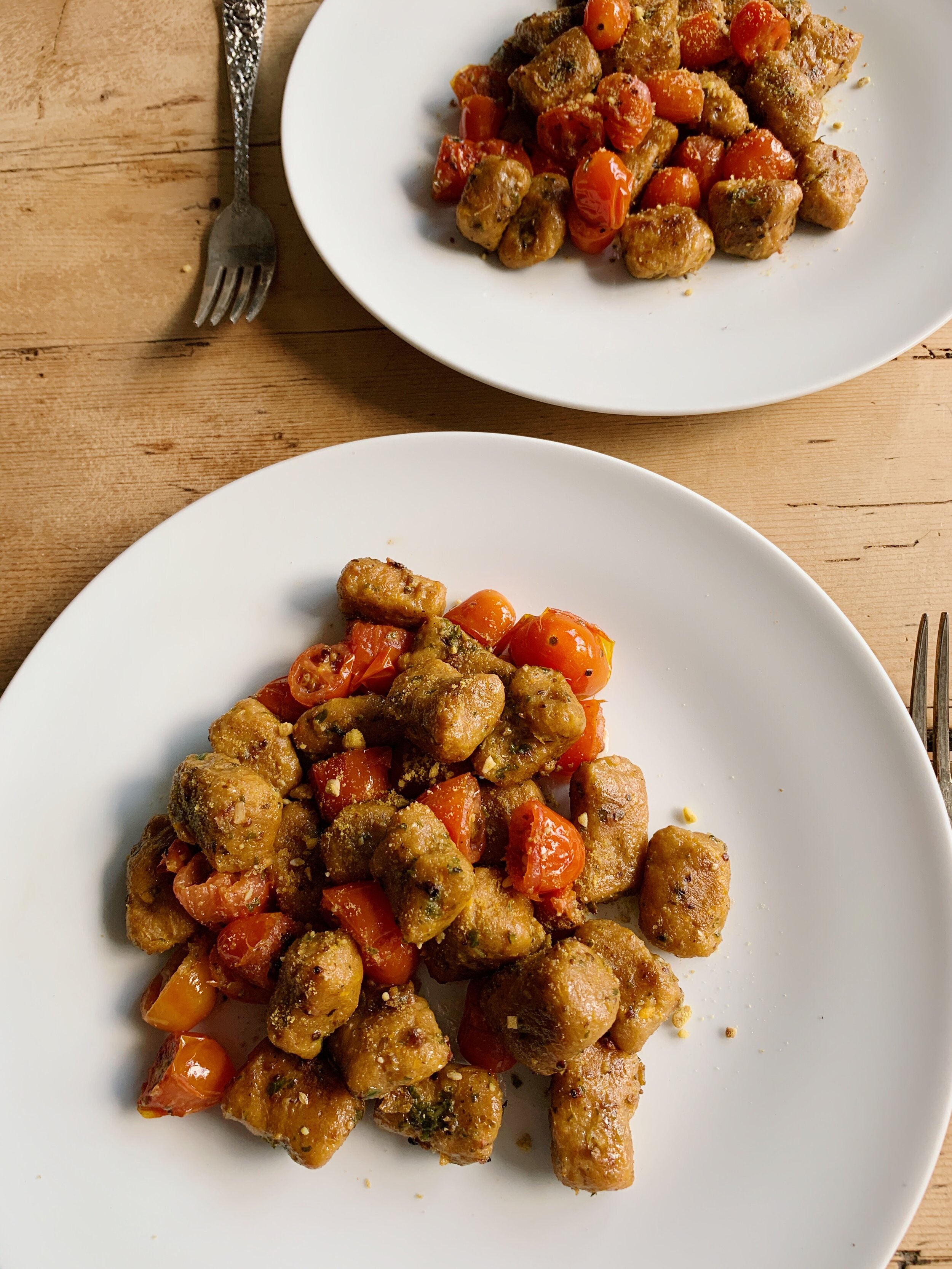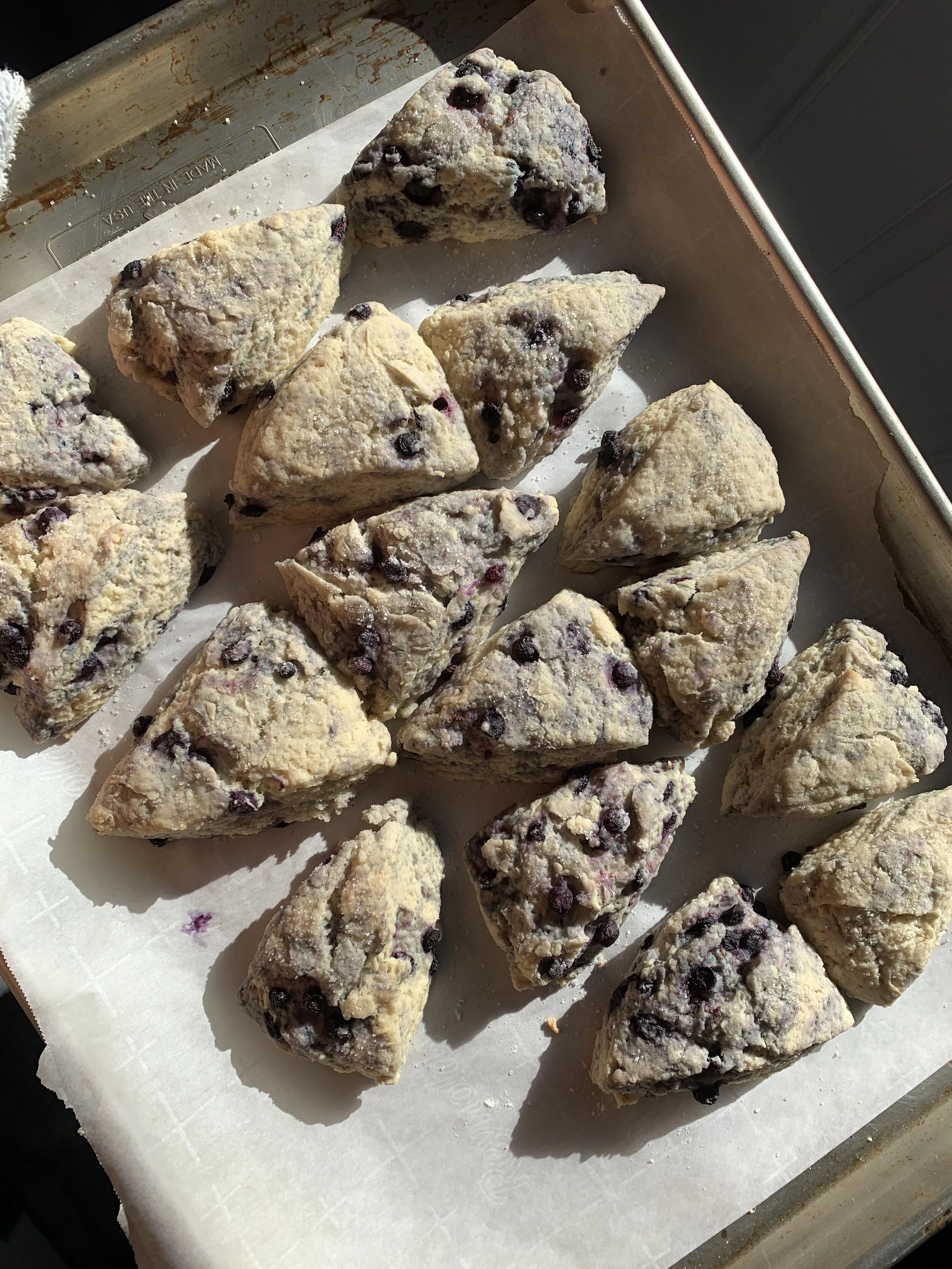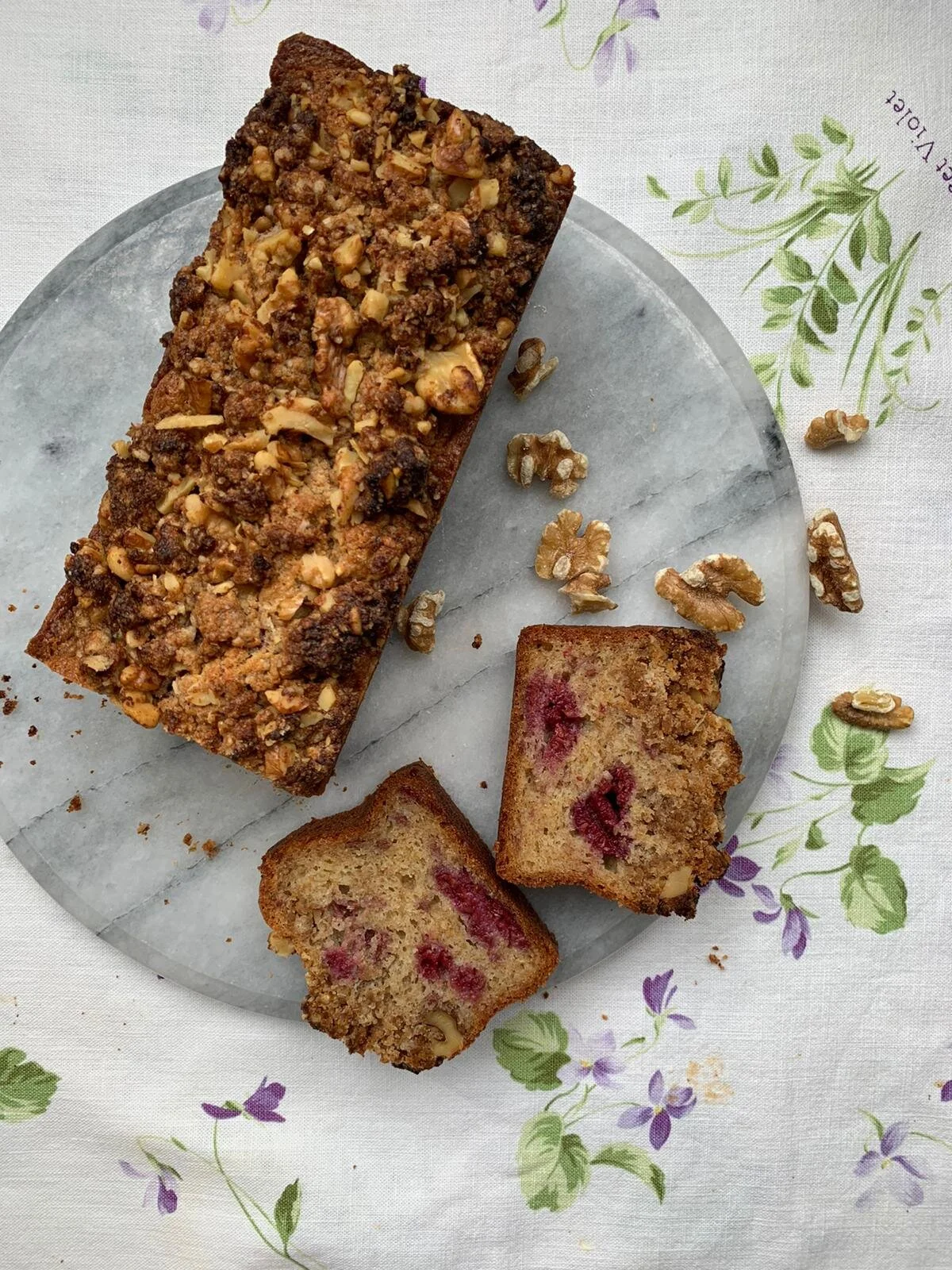It’s been an — ahem — weird school year. A lot of things have been missing from campus this year. One thing that’s still with us? Yale Dining’s Chicken Tenders. That’s because dining hall employees have been working hard to adapt Yale’s iconic food experiences to the era of distancing, plexiglass, and masks. Y Pop-Up spoke to May Cabahug, General Manager of the Jonathan Edwards Dining Hall, about how things have been going.
Can you briefly describe how the dining hall has been operating this year?
It goes without saying that this has been a very challenging year for all of us. Who would have thought that we would have had to serve our students behind plexiglass? The main focus has been, and continues to be, health and safety for everyone. In addition, making delicious food that can easily be transportable, and is also craveable!
To create that comfort we put new models in place, to have one-way service flow, mask wearing and social distancing at all times, and of course, sanitation protocols to serve our students smoothly and safely. New operation models included kicking off grab and go for students to take meals with them (which we didn’t offer before!); pre-ordering SmartMeals to pick up and go, without waiting in line. For students who wanted to dine-in, they could do so thanks to the plexiglass set up on all dining tables.
How has the recipe development process and menu planning process changed because of COVID restrictions?
Our food had to be transportable, reheatable, and no self-service at all – which was a big change! Recipe development had to account for menu items that would focus on solids (travel well) instead of food that has a lot of liquid, broth, etc. With all of these changes, we have been constantly watching and paying attention to student feedback to see what you like and what options you care less for, so that we can change menus and recipes as we go. Based on students reaching out, we have been able to keep pushing the envelope with menu research, development, and innovation. We all encourage each other to test new recipes to better fit the new to-go model.
How has the menu itself changed? Which Yale dining favorites are still offered and which can’t be made anymore?
Traditional menus have changed in a few ways – we are no longer able to provide things like the Mezze Bar and Ice Cream/Sundae bar. However, we are glad to continue offering clean protein upon request – as well as menu favorites like Kale & Feta ‘Meatballs,’ Hand-breaded Chicken Tenders, Yale Blended Burger, Three-Cheese Grilled Cheese Sandwiches and more. We also get really excited about bringing pop up events to our dining halls, providing delicious surprises like Sushi, Ice Cream, Popcorn and other items not regularly featured on our current menus.
How has daily work life for dining hall staff changed? What do you miss most about pre-pandemic dining, and what (if anything) do you hope to continue when we’re back to normal?
Although many aspects of our daily work have changed, the hardest part for our dining hall staff was not being able to see all of our students come back and welcome them with warm smiles and hugs. Our dining halls are places for connection and community – not being able to host all the large-scale events we normally would have has been challenging. Despite that, we continue to be here for our students and smile wide under our masks – knowing that we’re supporting them in every way we can!
Is there anything else you’d like to add that you think students should know / would be interested in?
We never stopped! Although many areas of Yale shut down as a result of the pandemic, I’ve been personally proud of the Yale Hospitality team for all of our work. We were able to swim through some scary waters and I’m hopeful that we will come out of this experience stronger and more united than ever!
Photos Courtsey of Christelle Ramos






















